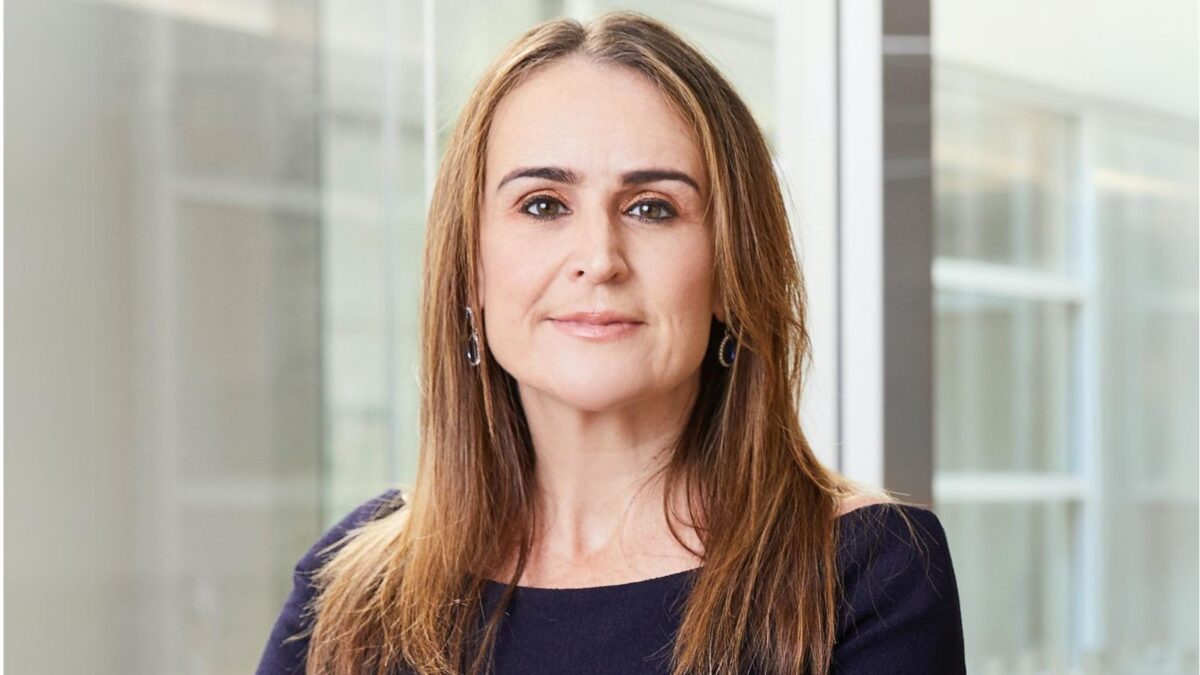The good and the bad about manager brand awareness
A quant study of the value of funds manager brands among institutional investors shows a massive difference in flows between managers with high product and firm-wide brand awareness and those with low awareness. eVestment has published a list of the top five managers for brand awareness in each size category which, it says, may surprise.
Larger managers enjoy higher firm awareness but only marginally higher product awareness than smaller managers.
The unusual study – given it is supported by quantitative analysis rather than investor surveys – was conducted by eVestment, the US-based performance measurement and research house. The researchers compared asset flows and consultant activity, as expressed by manager reviews, from the eVestment database between 2012 and 2015 for active equity and fixed income products only. Brand awareness in one quarter was compared with flows in the following quarter.
Brand awareness was defined by the breadth of consultant attention – number of consultants reviewing – in any quarter, divided between firm awareness and product awareness, which are then combined into a single metric for rankings.
Managers with both high firm and product awareness had average inflows 24.4 times those with low awareness. But high brand awareness is very difficult to attain, especially across multiple products in tandem. Only 2.2 per cent of managers in the universe were able to achieve it.
The US is probably the only country in which a study like this could have occurred because of the large number of institutional investors (more than 20,000 compared with Australia’s 100-or-so) and consultants (hundreds compared with Australia’s dozen or so).
The study notes that institutional consultants don’t play favourites. “Asset managers face substantial competition on the path to high brand awareness – consultants review less than two products of any firms while reviewing 45 unique firms and 73 distinct products each quarter,” the study says.
But high brand awareness is a double-edged sword. When those with high brand awareness suffered problems such as personnel departures, regulatory or performance issues, their outflows were, on average, 4.5 times greater than the rest.
Most of the larger firms listed have Australian representation and some of the smaller firms. The rankings in each category are:
FUM more than $100 billion:
- Wellington management Company
- BlackRock
- JP Morgan Investment management
- Lazard Asset Management
- PIMCO
FUM between $50-$100 billion:
- Acadian Asset Management
- Artisan Partners Limited Partnership
- William Blair Investment Management
- LSV Asset Management
- Mondrian Investment Partner
FUM between $25-$50 billion:
- Victory Capital Management
- Boston Company Asset Management
- Janus Capital Management
- Prudential Financial
- INTECH Investment Management
FUM Between $10-$25 billion:
- Burgundy Asset Management
- Pzena Investment management
- Baron Capital
- Westwood Management
- Westfield Capital Management
FUM between $1-$10 billion:
- Ariel Investments
- Kennedy Capital Management
- Wasatach Advisors
- Advisory Research
- Chicago Equity Partners
FUM less than $1 billion:
- Redwood Investments
- Poplar Forest Capital
- Keeley Asset Management
- Granite Investment Partners
- Arbor Capital Management.









